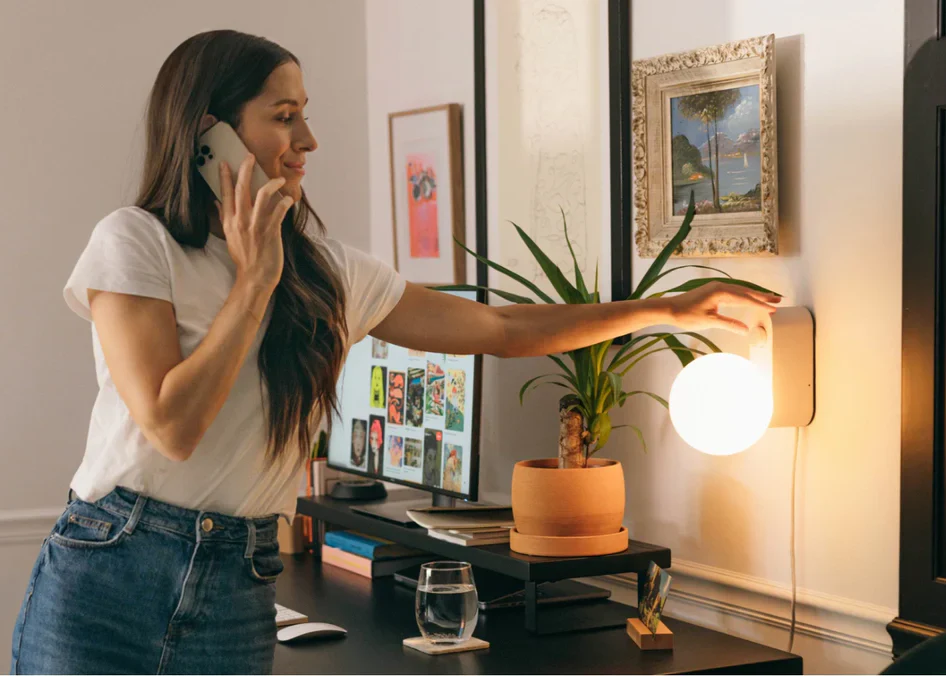In the competitive world of e-commerce today, visual material is very important for swaying customers’ choices. Businesses are turning to more interactive and immersive ways to show off their goods online as technology keeps getting better. The 3D object viewer is one of the most talked-about new technologies because it lets you see moving pictures instead of still ones. However, does this technology really work better than flat images for sales and engagement? Let us look at the differences and see which method gets more conversions.
Static Images: Familiar but Limiting
For years, static images have been the standard in online retail. They are simple to produce, quick to load, and effective at giving customers a basic visual reference. High-quality photos from multiple angles can certainly help in conveying details like texture, size, and color. However, they fall short when it comes to interaction and realism.
Consumers often feel disconnected when they can’t physically touch or examine a product closely. With static images, what they see is what they get—literally. This can lead to uncertainty about the product’s true features, potentially resulting in lower conversion rates or even returns due to mismatched expectations.
3D Product Viewers: Immersive and Informative
A 3D product viewer provides users with the ability to rotate, zoom, and interact with a virtual model of a product. This level of control mimics the in-store experience and empowers shoppers to explore a product from all angles, increasing confidence in their buying decisions.
Studies have shown that interactive 3D visuals can improve engagement time and reduce bounce rates. A study from Shopify says that merchants who used 3D content had up to 250% higher conversion rates than those who only used static images. People are more likely to feel informed and confident about buying something when they can virtually connect with it.
Key Differences That Influence Sales
- Customer Engagement: Static images often result in passive viewing, while 3D product viewers promote active exploration. This engagement can make the product feel more tangible, which is particularly important for high-involvement purchases such as electronics, furniture, or fashion accessories.
- Product Transparency: A 3D viewer helps eliminate blind spots. Users can inspect fine details and hidden components, reducing the chance of post-purchase dissatisfaction.
- Mobile Experience: With the majority of shopping now done via mobile devices, offering an intuitive and responsive 3D interface can enhance the customer journey across all platforms. Static images, while mobile-friendly, don’t provide the same depth of interaction.
- Reduced Returns: A common issue in e-commerce is product returns due to unmet expectations. A 3D product viewer bridges the gap between physical and digital shopping by offering a hands-on experience. This results in fewer surprises upon delivery and lower return rates.
Which One Sells More?
While static images are still widely used and can be effective for low-cost or simple products, 3D product viewers have proven to be more powerful for driving conversions, especially for complex or premium items. They build trust, engage users, and provide a realistic view of the product—all of which are key ingredients in increasing sales.
Adopting 3D technology might require a greater initial investment, but the long-term return in higher conversion rates, increased customer satisfaction, and fewer returns often justifies the cost.
Final Thoughts
In the battle between static images and interactive visuals, the 3D product viewer is emerging as a clear winner for modern e-commerce. It transforms the online shopping experience by creating a sense of presence and interactivity that static images simply can’t replicate. As consumers demand more engaging digital experiences, businesses that embrace 3D product visualization are likely to see a notable edge in both sales and customer loyalty.

